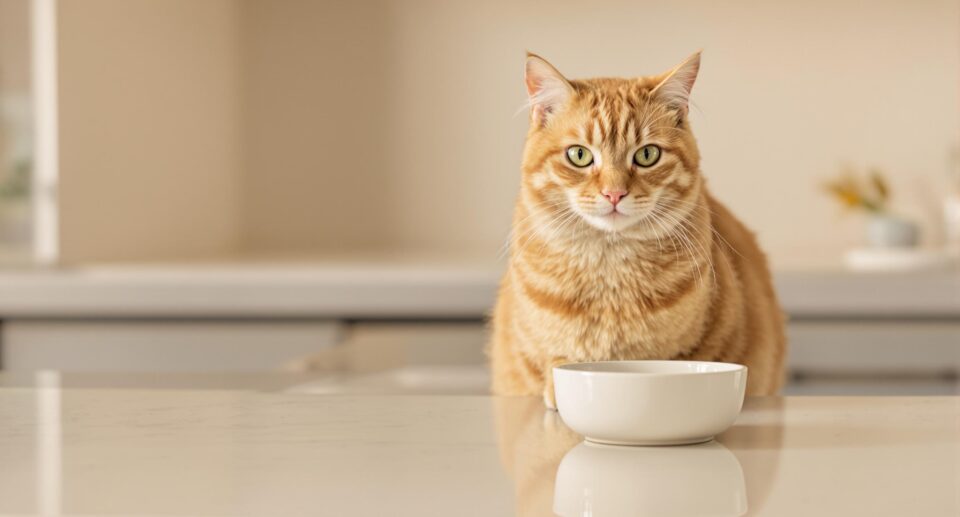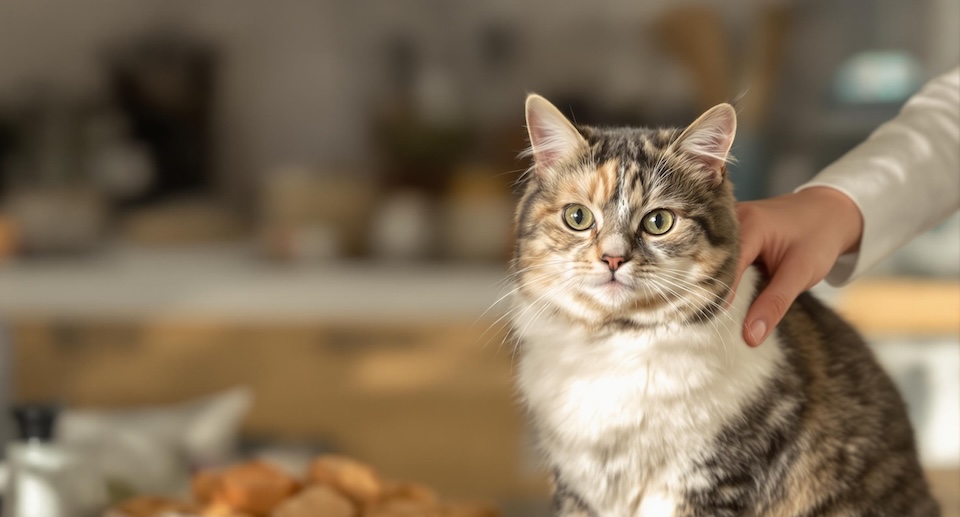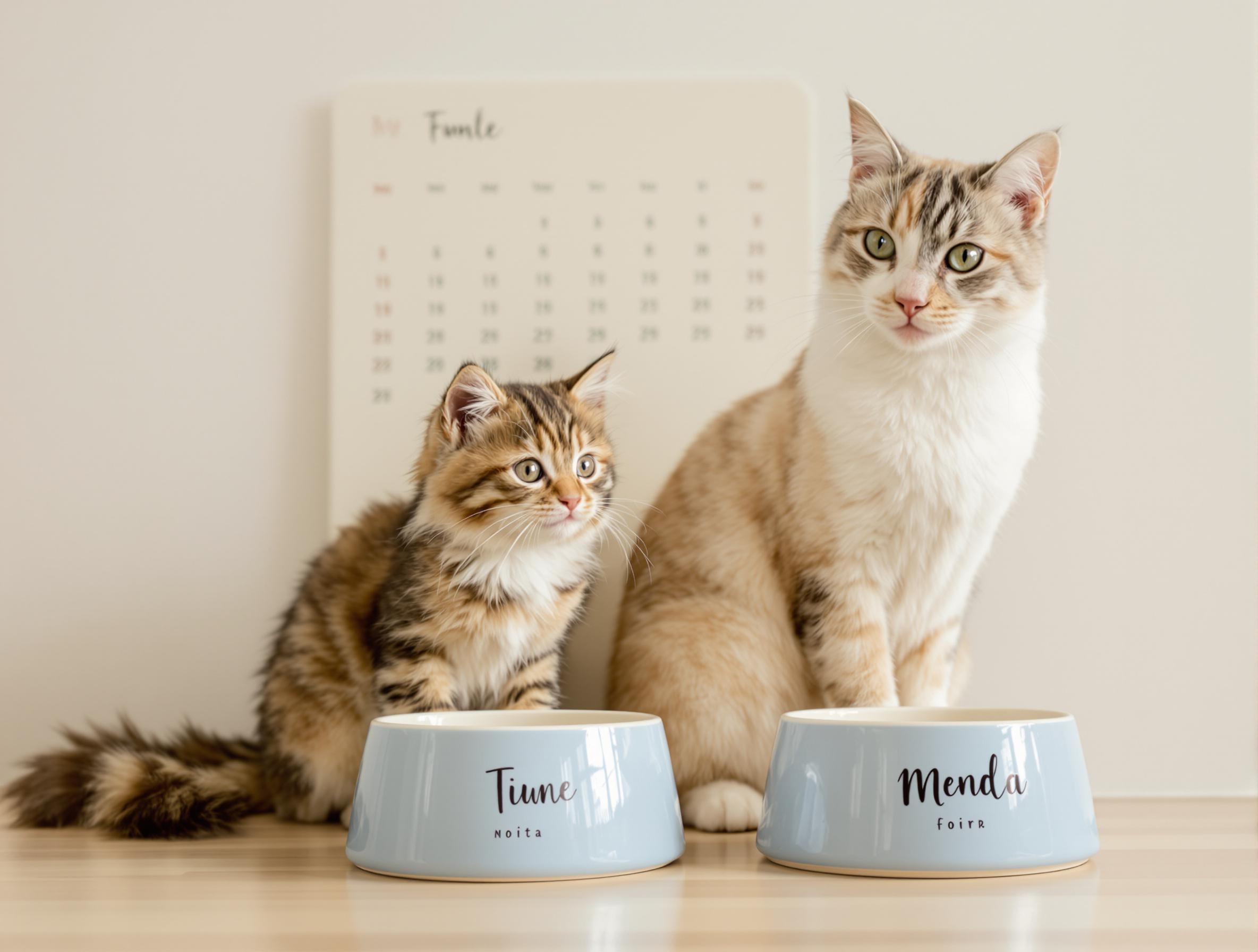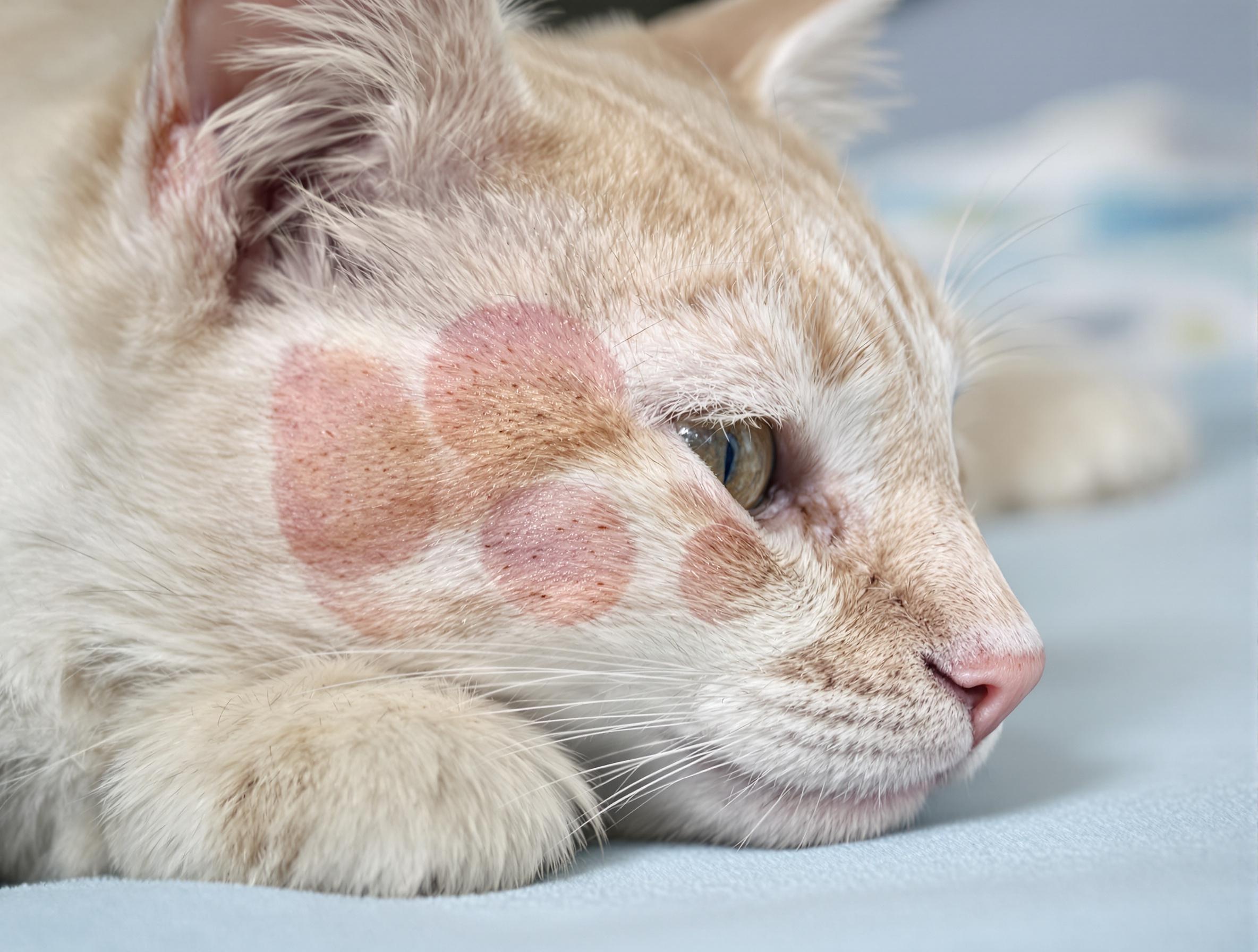Is Your Cat Overweight?
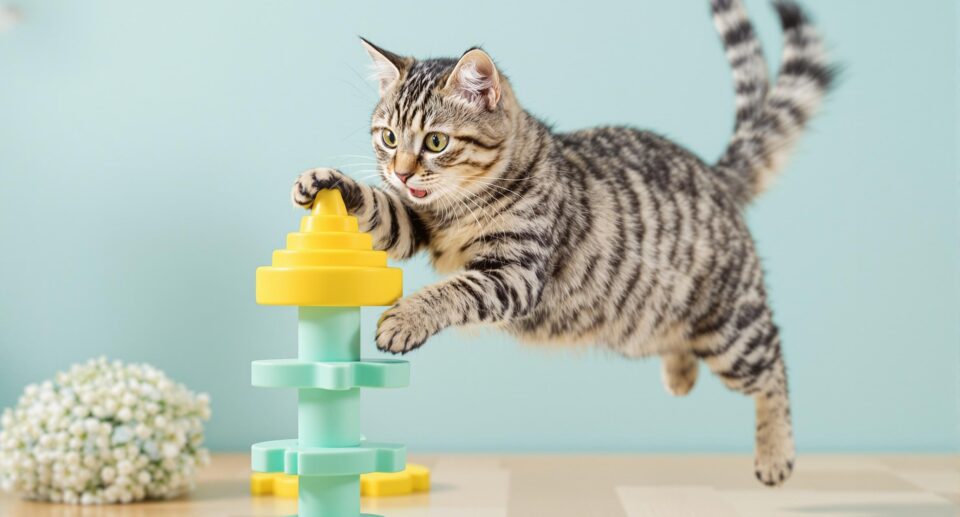
Most pets with bone and joint pain benefit from losing weight. In fact, one of every four pets is overweight. Unfortunately, many pet owners—even those with portly or obese dogs and cats—think their pet’s weight is normal. If you rub your hand under your pet’s hair and along his or her sides and can’t feel the ribs, your pet likely has a weight problem. This extra weight hurts your pet’s joints. Visit your veterinarian to rule out medical causes for being overweight, such as hypothyroidism or Cushing’s Disease. If your veterinarian finds none of these conditions, and your pet just needs to lose a few pounds, we have suggestions that can help.
Key facts about weight loss in pets
- One of every four pets is overweight.
- If an underlying health problem is causing your pet’s weight gain, make specific nutritional changes according to your pet’s condition.
- Labrador Retrievers, Cocker Spaniels, Cairn Terriers, Westies, and Scottish Terriers are some of the dog breeds prone to obesity.
How you can help your pet lose weight
- First, decide your pet’s target weight; that is, what your pet would weigh if he or she were the ideal size.
- Check your pet’s food. How much does the package say a pet at that target weight should receive?
- Measure to determine how much food you are giving your pet now.
- If you’re feeding more than your pet at the target weight should receive, take a month to gradually reduce the amount you’re feeding until you are offering what a pet at the target weight would receive. Sometimes it helps to use a smaller cup. Or, you might use the measuring cup you’ve always used and remove a spoonful and place it back in the bag. After a week, remove two spoonfuls. Proceed until your pet is losing weight.
- Put the proper amount of food in the bowl, leave it for 20 minutes, and then pick it up. Feed again in the evening. This is healthier for your pet because the food doesn’t lose its antioxidants while it’s sitting in the bowl.
- If you’re feeding the target amount for your pet’s ideal weight and he or she is still overweight, avoid giving treats comprised mostly of carobhydrates. Instead give natural treats such as PureBites and Crumps’ Natural Sweet Potato Rawhide.
- Weigh your pet once a month, and write the weight on a calendar. If you’re doing a good job and your pet is losing weight, congratulate yourself for helping to make your pet more comfortable and live longer.
If your pet still hasn’t lost weight
- Feed twice a day rather than once a day. Feed 2/3 of your pet’s ration in the morning and only 1/3 of the ration at night. Pets appear to be less hungry if their food is divided into two meals, and they gain less weight if the majority of their food is served in the morning rather than at night.
- Switch to a raw pet food or homemade diet. Get help from your veterinarian, and make the switch gradually. The food may be raw, but don’t feed it cold. The meal should be body temperature because pets evolved eating warm prey. Pets on raw or homemade diets that are higher in protein and lower in carbohydrates tend to develop a more ideal body weight.
- Use a smaller feeding bowl, and a bigger water bowl.
Exercise your overweight pet
While making food changes, gradually increase your pet’s exercise. Play with your pet more, exercise him or her with a laser penlight that can be flashed across the floor so your pet races after it, or if you have a dog, take him or her swimming. If your dog has trouble exercising because of sore joints, use a pain medication like Rimadyl or Novox. For cats, use Onsior for Cats. Ask your veterinarian which medication would be appropriate for your dog or cat. The more your pet feels like exercising, the more fun you’ll have together.
Does your pet beg?
If you love your pet so much you give him or her everything he or she wants, including keeping the bowl full of food and offering frequent treats, you can change. And you want to, because overfeeding puts too much stress on your pet’s joints—making it more difficult for your him or her to exercise.
Instead, provide your pet with rewards that are not food—praise, new toys, or leash walks. Make an effort to interact with your pet outside the kitchen. For those times you choose to reward your begging pet, we recommend Greenies Lite Dental Chews (for dogs) or Feline Greenies Smart Bites.


